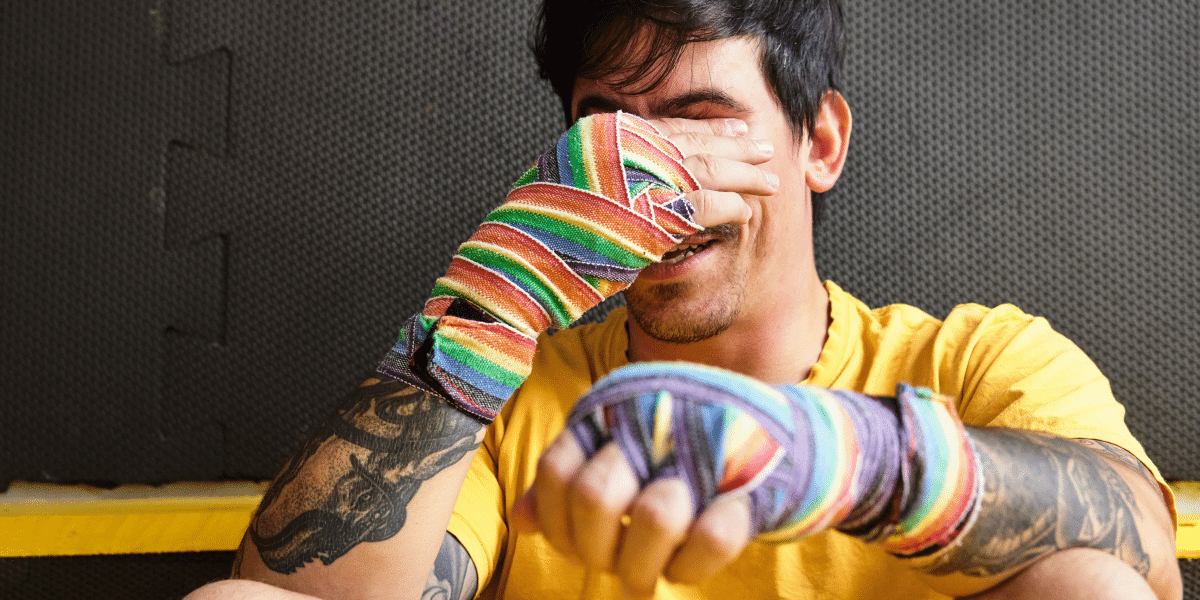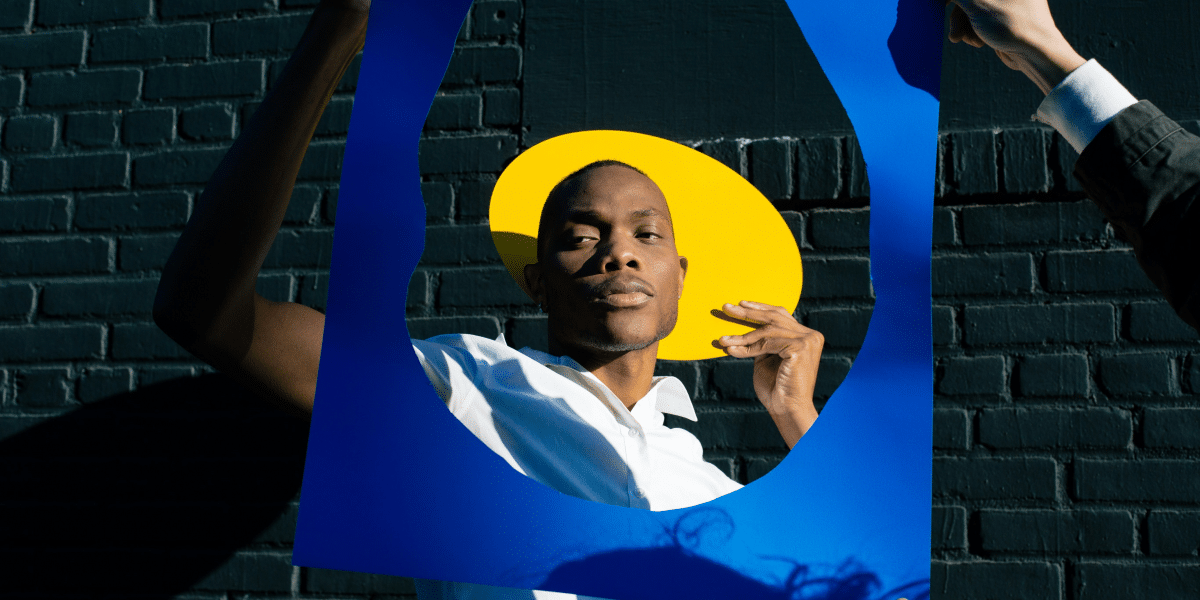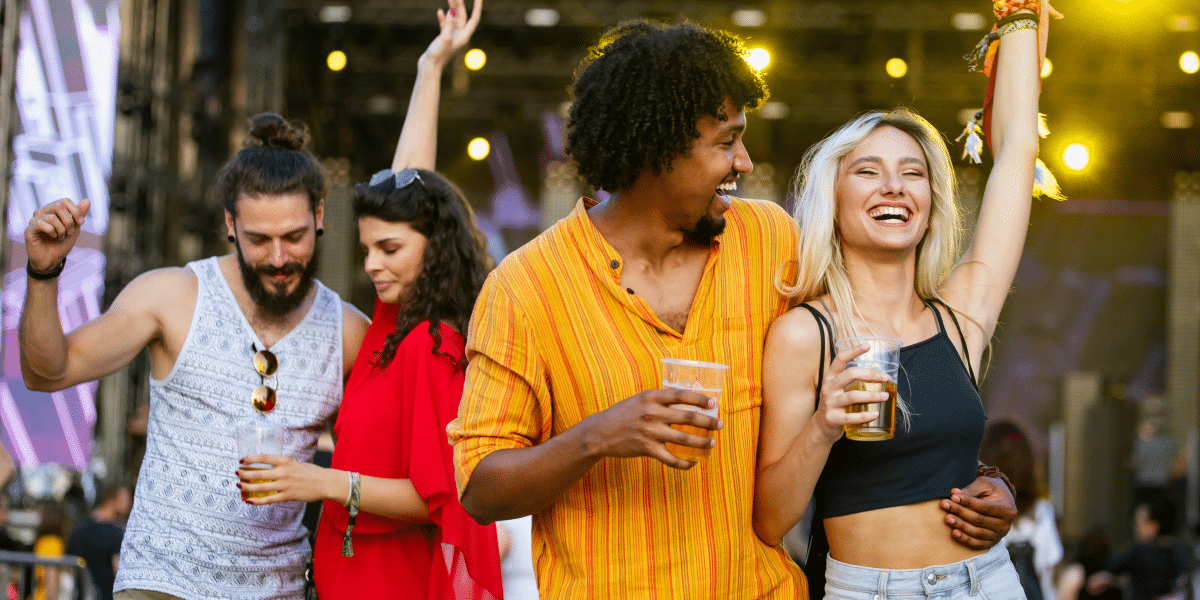Fashion is cyclical. What was once considered old-fashioned eventually finds its way back into the spotlight. In 2025, we’re seeing a resurgence of trends from various decades, proving that style is timeless. This article explores why these retro revivals are happening and what specific trends are making a comeback.
The Cycle of Fashion and Cultural Influence
Fashion doesn’t exist in a vacuum. It’s influenced by social, cultural, and economic factors. When a particular era experiences a revival, it’s often linked to a sense of nostalgia or a desire to recapture a specific feeling or aesthetic. This can be triggered by movies, music, or even current events that resonate with a past period. Designers often draw inspiration from vintage pieces, reinterpreting them for a modern audience. This process of reinterpretation is key to the cyclical nature of fashion. It’s not just about copying old styles; it’s about updating them for the present.
Key Decades Influencing 2025 Trends
Several decades are having a significant impact on 2025 fashion trends. The 1970s, with its bohemian spirit and relaxed silhouettes, continues to be a strong influence. Think flowing maxi dresses, flared pants, and earthy tones. The 1990s, with its grunge and minimalist aesthetic, is also making a comeback. Expect to see slip dresses, oversized outerwear, and combat boots. The early 2000s, often referred to as the Y2K era, is also resurfacing with low-rise jeans, crop tops, and vibrant colors. These decades are all distinct and offer a wide range of inspiration for designers.
Why the Past Resonates with the Present
There are several reasons why past trends resonate with contemporary audiences. Nostalgia plays a big role. People often feel a connection to the fashion of their youth or a period they associate with positive memories. In times of uncertainty, people may look to the past for comfort and familiarity. Fashion can also be a form of escapism, allowing people to transport themselves to a different time. This can be especially appealing in a rapidly changing world. Furthermore, as sustainability becomes more important, people are embracing vintage and second-hand clothing. This contributes to the revival of past trends in a more environmentally conscious way.
Specific Trends Making a Comeback
Several specific trends from these decades are making a significant impact in 2025. Flared jeans and bell bottoms, reminiscent of the 1970s, are back in a big way, offering a flattering and comfortable alternative to skinny jeans. Slip dresses, popular in the 1990s, are being reinterpreted in various fabrics and lengths, from casual to elegant. Oversized blazers and coats, also from the 1990s, are providing a stylish and practical outerwear option. From the Y2K era, low-rise jeans and crop tops are appearing in updated versions, often paired with high-waisted bottoms for a more modern look. These are just a few examples of the many trends resurfacing in 2025.
The cyclical nature of fashion is likely to continue. Designers will continue to draw inspiration from the past, reinterpreting and updating classic styles for new generations. Understanding fashion history can help us appreciate the evolution of style and anticipate future trends. It also encourages a more sustainable approach to fashion by valuing existing garments and appreciating the timelessness of certain styles. By understanding why trends come back, we can make more informed choices about our own wardrobes and appreciate the rich history of fashion. The past will always have a place in the future of fashion.













